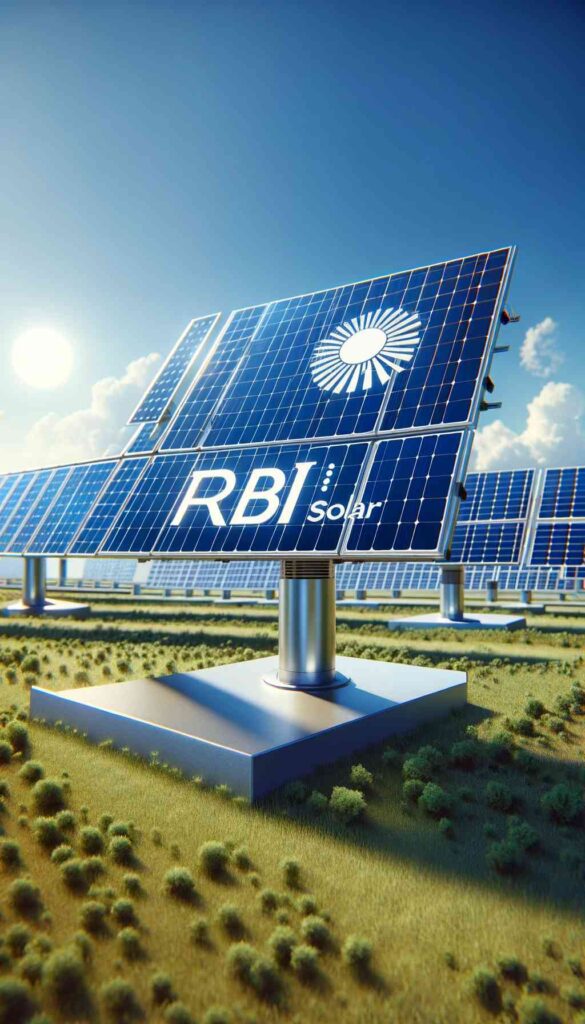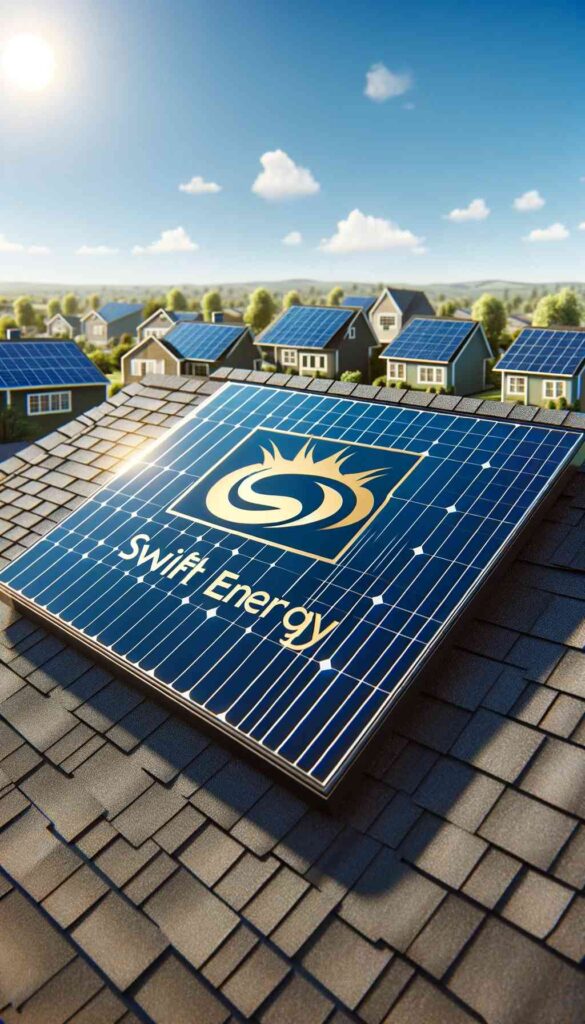
Key Takeaways
- Understanding solar power basics is essential for a successful transition to a solar-powered home.
- Assessing your home’s solar potential involves evaluating your location and energy needs.
- Choosing the right solar panels and a reputable installer are key steps in the solar installation process.
- Financial incentives, including tax credits and rebates, can significantly offset the initial investment.
- Regular maintenance and monitoring are essential for long-term savings and system efficiency.
Harnessing Sunlight for Your Home: A Primer
Think of solar power as your personal energy plant, right on your rooftop. The sun’s rays, free and abundant, are converted into electricity that powers everything in your home. The beauty of solar energy lies in its simplicity and the profound impact it has on reducing utility bills and fossil fuel dependency.
What Solar Power Means for You
Imagine slashing your electricity bills or even eliminating them altogether. That’s the reality for many who switch to solar power. But it’s not just about savings; it’s about taking control of your energy source, increasing your property value, and making an environmentally conscious choice that future generations will thank you for.
The Basic Components of a Residential Solar System
At the heart of a residential solar system are the solar panels, which capture sunlight and convert it into electricity. But there’s more to it than just panels. You’ll need an inverter to turn the direct current (DC) from the panels into the alternating current (AC) that powers your home, a mounting system to secure the panels on your roof, and possibly a battery to store excess energy.
Solar Energy: The Fundamentals
Understanding the basics of solar energy is essential. Solar panels are made up of photovoltaic cells that absorb photons from sunlight, creating an electrical current. This current is then converted from DC to AC by an inverter, making it usable for your home. It’s a clean, renewable process that harnesses the most powerful source of energy we know—the sun.
Efficiency is key. Modern solar panels are more efficient than ever, with average conversion rates climbing steadily. This means even homes with limited roof space can generate substantial power. And with advancements in technology, solar panels continue to become more accessible and cost-effective.
How Solar Panels Work
Solar panels work by allowing photons, or particles of light, to knock electrons free from atoms, generating a flow of electricity. This process is known as the photovoltaic effect. Each panel is a collection of solar cells, and the more cells you have, the more electricity you can generate.
The Role of Inverters
Once your panels have captured the sun’s energy and converted it to DC electricity, it’s the inverter’s job to transform this into AC electricity, the form of power that runs your lights, appliances, and gadgets. Without inverters, the energy captured by your solar panels would be unusable in your home.

Assessing Your Solar Potential
Not all rooftops are created equal when it comes to solar potential. Several factors influence how much energy your solar system can produce. These include the direction your roof faces, any shade from trees or buildings, and the angle of your roof. A south-facing, unshaded roof is ideal, but many homes can still benefit from solar with the right design.
Evaluating Your Location
Your geographic location plays a significant role in your solar system’s performance. Homes in sunny regions will naturally get more sunlight, but don’t be discouraged if you live in a less sunny area. Solar panels can still be a viable solution, as they can generate electricity even on cloudy days, albeit at lower rates.
It’s essential to consider local weather patterns, too. While solar panels are designed to withstand most weather conditions, areas prone to extreme weather may require additional considerations for panel durability and mounting systems.
- Assess the sun exposure of your potential solar panel locations.
- Consider local climate conditions and how they might affect solar production.
- Consult with a solar expert to understand the specifics for your region.
Understanding Your Energy Needs
Before diving into solar, you need a clear picture of your energy consumption. Your current electricity bills will give you an idea of your monthly usage, and from there, you can estimate the size of the solar system required to meet your needs. Remember, the goal is to match your consumption with the production of your solar system for maximum efficiency and savings.
Next, we’ll walk through the steps of solar installation, from selecting the right panels to connecting with the grid. Stay tuned for a comprehensive guide to making solar power a reality for your home.
Choosing the Right Solar Panels
With a variety of solar panels on the market, choosing the right one for your home is a decision that shouldn’t be taken lightly. You’ll want to consider factors like efficiency, warranty, and the manufacturer’s reputation. Higher efficiency panels are generally more expensive, but they’ll generate more electricity over the same surface area. Balance your budget with your energy goals to find the optimal solution.
Look also for panels with a strong warranty. A standard solar panel warranty is around 25 years, ensuring they’ll generate electricity for decades. Also, consider the manufacturer’s track record; companies with a long history in the industry are often a safer bet. They’re more likely to honor their warranties and be around to support you in the future.
Navigating Permits and Regulations
Before you can enjoy the benefits of solar power, you’ll need to navigate the maze of permits and regulations. These can vary significantly depending on where you live. Most locales require a building permit for solar installations, and some may have specific rules about the size and placement of solar panels.
Start by contacting your local building department or a professional solar installer to understand the requirements in your area. They can help guide you through the process, ensuring that your system is up to code and that you’re taking advantage of any local incentives that might be available.
Finding a Solar Installer
Choosing the right installer is as important as the panels themselves. Look for certified professionals with a track record of successful installations. Personal recommendations, online reviews, and trade certifications are all good indicators of a reputable installer. Most importantly, they should be willing to answer all your questions and provide clear, upfront information about costs, timelines, and the installation process.
Once you’ve found a few potential installers, get quotes and compare them. Don’t just look at the bottom line; consider the quality of the components, the warranty terms, and the company’s customer service. Remember, this is a long-term investment, and you want to be confident in your choice.

Financial Incentives and Savings
One of the most compelling reasons to go solar is the financial incentives available to homeowners. These can significantly reduce the upfront cost of a solar installation and shorten the payback period.
It’s important to research and apply for these incentives early, as some may be limited in quantity or time. A professional solar installer can also help you navigate these opportunities and incorporate them into your solar project plan.
Federal and State Tax Credits
The federal solar tax credit, also known as the Investment Tax Credit (ITC), allows you to deduct a percentage of your solar installation costs from your federal taxes. This significant incentive can reduce the cost of going solar by 26% as of my knowledge cutoff in 2023, though it’s scheduled to decrease in the following years.
Additionally, many states offer their own tax credits and incentives, which can further reduce the cost. These state-level incentives vary, so it’s worth checking with your local government or a solar installer to see what’s available in your area.
Rebates and Solar Renewable Energy Credits (SRECs)
Beyond tax credits, you might also have access to rebates from your state government, local utility company, or solar panel manufacturer. These rebates can provide an immediate discount on your installation costs.
In some states, you can earn Solar Renewable Energy Credits (SRECs) for the electricity your system generates. You can sell these SRECs to utility companies, which need them to meet renewable energy requirements. This can provide a significant additional income stream over the life of your solar system.
Here’s a quick breakdown of potential savings:
- Federal tax credit: Reduce installation costs by 26%.
- State tax credits: Varies by state, but can offer additional savings.
- Rebates: Immediate discounts from various entities.
- SRECs: Ongoing income from the energy your system produces.
Long-Term Energy Savings
The long-term financial benefits of solar power can be substantial. Once your system is paid off, you’ll be generating free electricity for the remainder of your system’s lifespan, which can be 25 years or more. This can amount to tens of thousands of dollars in savings over time, depending on the size of your system and the cost of electricity in your area.
Consider this example: If your solar system costs $15,000 after incentives and saves you $1,500 a year on electricity, it will pay for itself in 10 years. After that, it’s pure savings. Moreover, if electricity prices rise, your savings will grow even more since you’re locked into a rate of $0 for the solar electricity you produce.
Maintenance and Monitoring
Solar panels are known for their durability and low maintenance requirements. There are no moving parts, so there’s not much that can go wrong. However, it’s still important to keep an eye on your system to ensure it’s performing optimally.
Regular monitoring can alert you to any issues, such as a drop in power output that might indicate a problem with a panel or the inverter. Many modern systems include monitoring software that lets you check your system’s performance in real time from your computer or smartphone.
For maintenance, keeping your panels clean and free of debris will help them operate at peak efficiency. In most cases, rain does a sufficient job of cleaning the panels, but if you live in a particularly dusty area or have a lot of bird activity, occasional cleaning may be necessary.
Solar Power Myths Debunked
As with any transformative technology, there are myths about solar power that need to be addressed. Let’s bust some of the most common myths and shed light on the facts.
Reality Check on Solar Efficiency
One common myth is that solar panels are not efficient enough to justify the cost. However, solar panel efficiency has improved dramatically over the years, and they are now more than capable of powering homes efficiently. In fact, the average efficiency of solar panels has increased, making them a smart choice for homeowners looking to reduce their carbon footprint and electricity bills.
Dispelling Concerns About Weather and Solar Durability
Another concern is that solar panels are not durable and can be easily damaged by weather. The truth is, solar panels are rigorously tested to withstand harsh weather conditions, including heavy snow, hail, and high winds. They’re built to last and come with warranties that often cover 25 years or more.

Frequently Asked Questions
How Long Do Solar Panels Last?
Solar panels are designed for longevity, with many manufacturers offering warranties of 25 years or more. With proper maintenance, solar panels can continue to produce electricity for 30 years or even longer.
- Most solar panels come with a 25-year warranty.
- With proper maintenance, panels can last 30 years or more.
- Performance may decrease slightly over time, but panels remain effective.
It’s important to note that while the efficiency of solar panels may decline slightly over time, known as the degradation rate, they don’t stop producing electricity. After 25 years, most solar panels will still produce power at about 80% of their original capacity.
Do Solar Panels Work on Cloudy Days?
Yes, solar panels do work on cloudy days, although their output is reduced. Solar panels can still generate electricity from indirect sunlight, and some modern panels, such as those discussed in our comprehensive review of URE solar panels, are specifically designed to perform better in low-light conditions.
Can I Go Off-Grid with Residential Solar Power?
Going off-grid with solar power is possible, but it requires a well-designed system with enough battery storage to meet your energy needs when the sun isn’t shining. Off-grid systems are more complex and costly, but they provide complete independence from the utility grid.
What Happens to Excess Energy Generated?
Excess energy generated by your solar panels can be stored in a battery system for later use, or it can be sent back to the grid if your system is grid-tied. Many utilities offer net metering, which credits you for the excess energy you supply to the grid, offsetting your electricity costs even further.
Is Solar Power a Reliable Energy Source?
Solar power is a highly reliable source of energy. The sun is a consistent power source, and with grid-tied systems, any shortfalls in production can be supplemented by the grid. Plus, with advancements in battery storage, solar power can be stored for use anytime, day or night.


